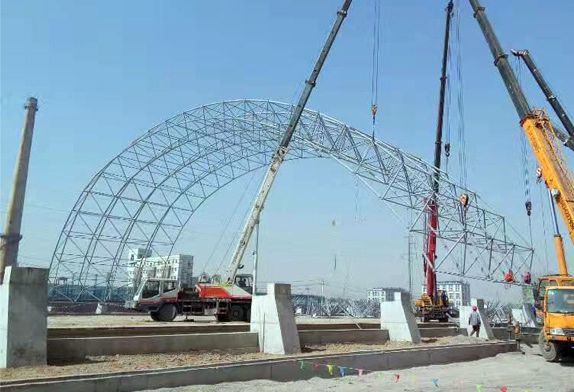 A soft white or gray mineral consisting of hydrated calcium sulfate. It occurs chiefly in sedimentary deposits and is used to make plaster of Paris and fertilizers, and in the building industry. Gypsum, a white mineral soft enough to be scratched with a fingernail, is hydrated calcium sulfate [Ca (SO4) 2H2O]. Gypsum often begins as calcium sulfate dissolved in an isolated body of salt water. As the water evaporates, the calcium sulfate becomes so concentrated that it can no longer remain in solution and crystallizes out (precipitates) as gypsum. Many large beds of gypsum have been formed in this way.
A soft white or gray mineral consisting of hydrated calcium sulfate. It occurs chiefly in sedimentary deposits and is used to make plaster of Paris and fertilizers, and in the building industry. Gypsum, a white mineral soft enough to be scratched with a fingernail, is hydrated calcium sulfate [Ca (SO4) 2H2O]. Gypsum often begins as calcium sulfate dissolved in an isolated body of salt water. As the water evaporates, the calcium sulfate becomes so concentrated that it can no longer remain in solution and crystallizes out (precipitates) as gypsum. Many large beds of gypsum have been formed in this way.
Gypsum occurs in a number of distinct forms, including a clear, parallelogram-shaped crystal (selenite); a white, amorphous form (alabaster,used for ornamental carving), and a fibrous including lustrous form (satin spar, used in jewelry). When ground up and heated to drive off its water, gypsum becomes a powder termed “plaster of Paris”.
Plaster of Paris has the useful property of hardening in any desired shape when mixed with water, molded, and allowed to dry. Gypsum is one of the most widely used minerals in the world. Some 90 countries mine gypsum, producing more than 100 million tons (91 million metric tons) annually. The construction industry has long been particularly gypsum intensive. In the late nineteenth and early twentieth century, gypsum was widely used in plastering, which since the 1950s has been displaced by gypsum drywall (sheetrock). Gypsum is also an ingredient in Portland cement, which used in the construction of bridges, buildings, highways and millions of tons of gypsum used annually as fertilizer. Small quantities of pure gypsum are essential in smelting, glassmaking, and other industries.
How to make Gypsum storage easier?
Long span steel structure is proved to be the best solution for gypsum pile. We would like to propose Large Span Steel Shed, which can be used to cover gypsum; it can be built with a span of up to 150 m and height of up to 40 m.
Gypsum storage sheds are often built over operating stockpiles since construction can proceed without interrupting operations. Because our erection process does not require machines to installed the internal periphery of the span.











 About Us
About Us 2021-08-27
2021-08-27


